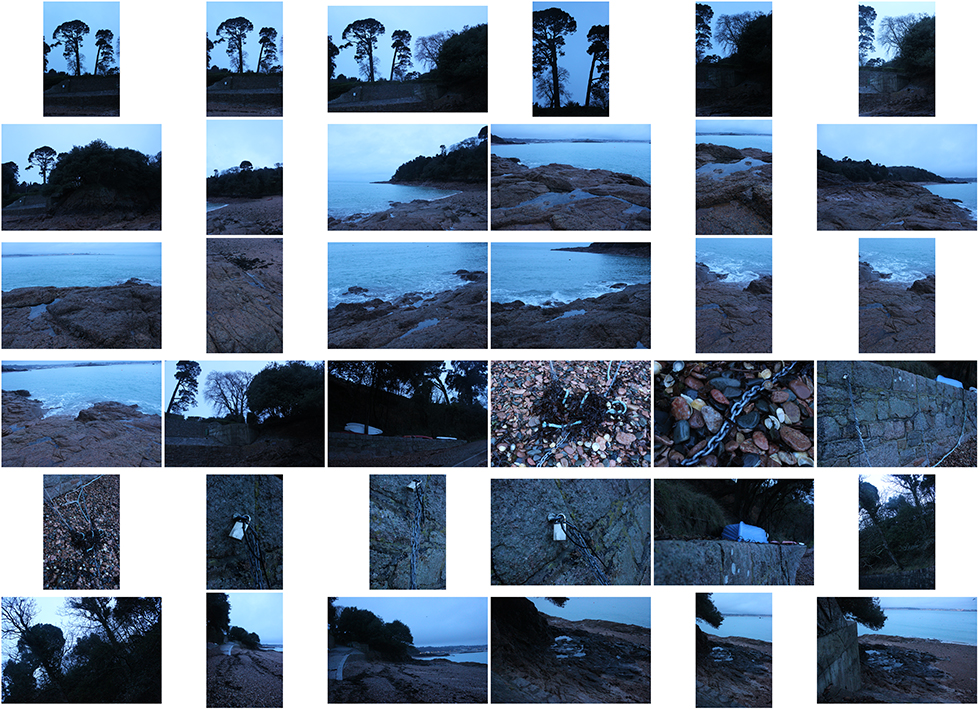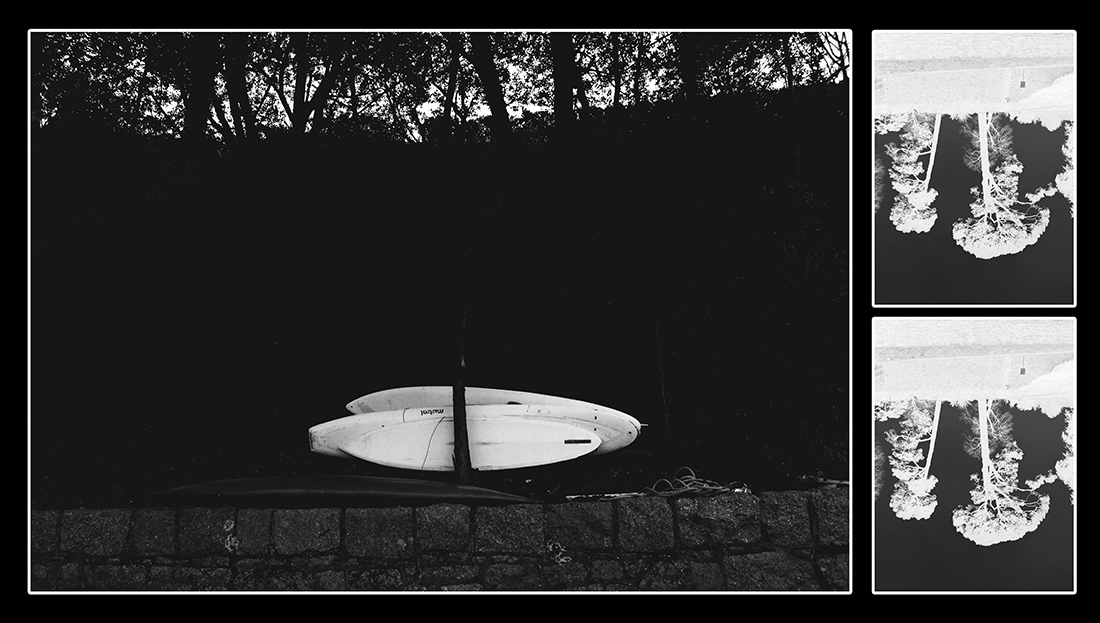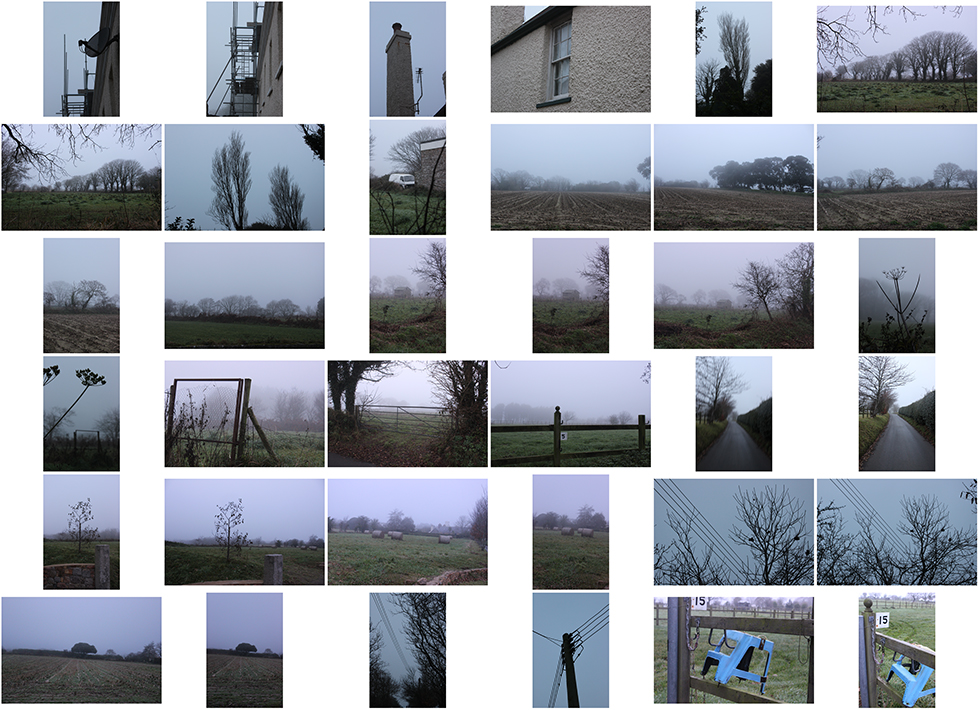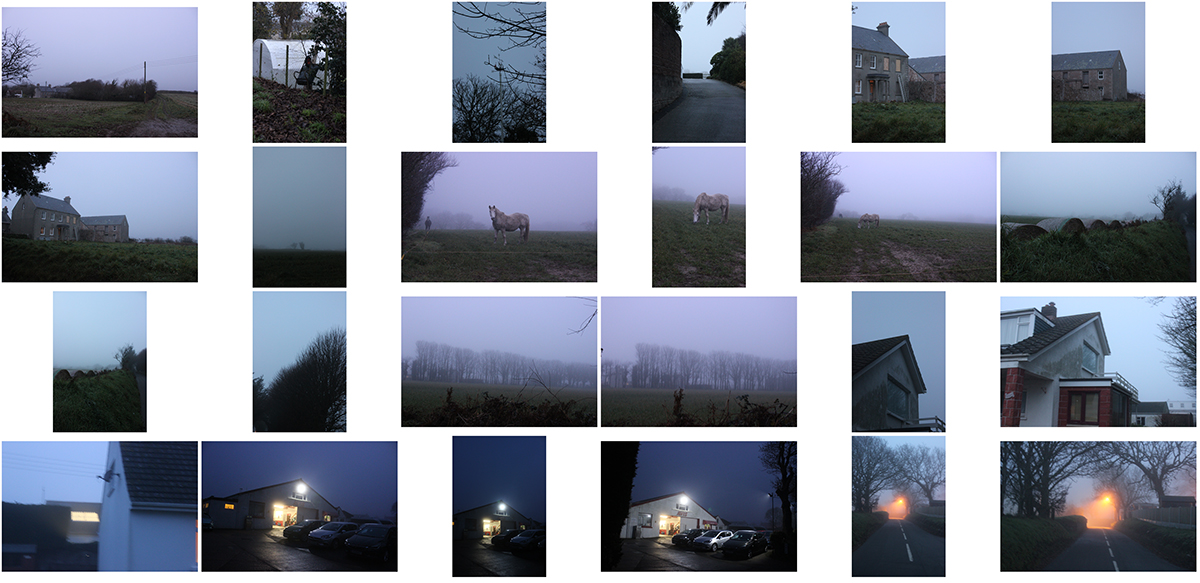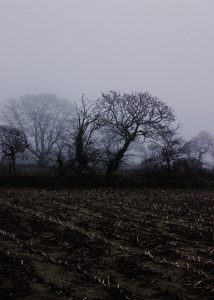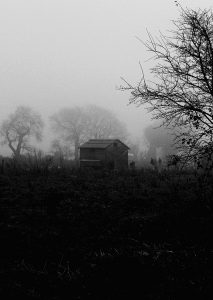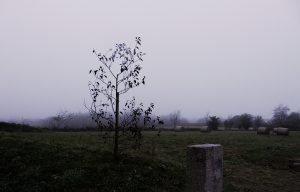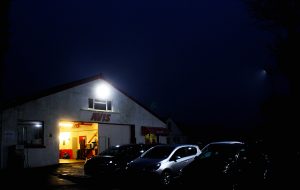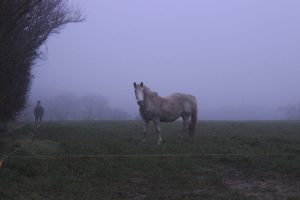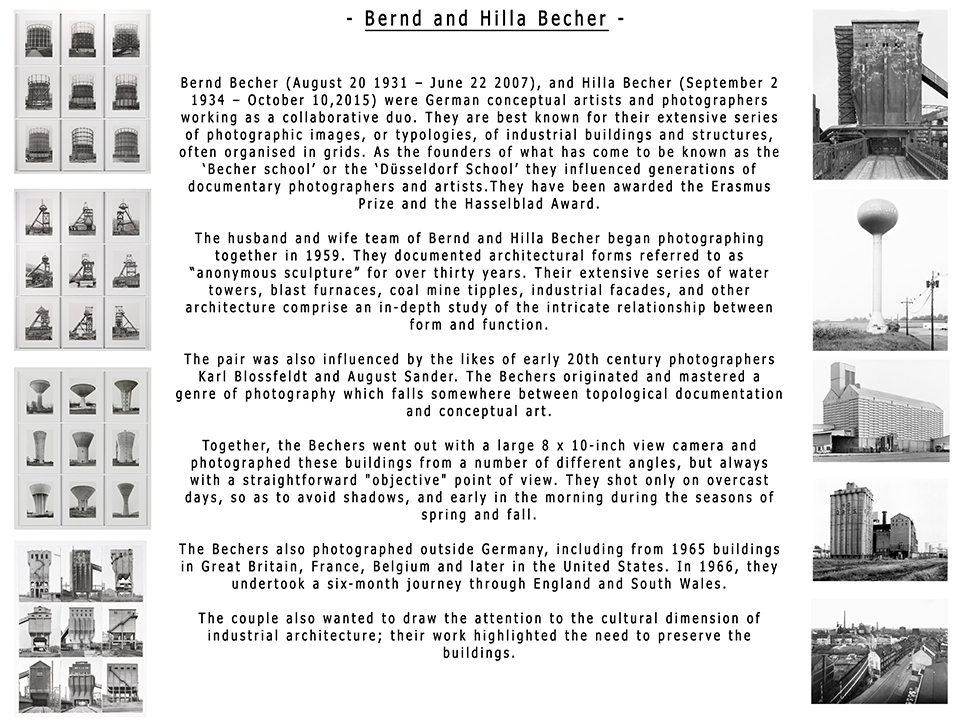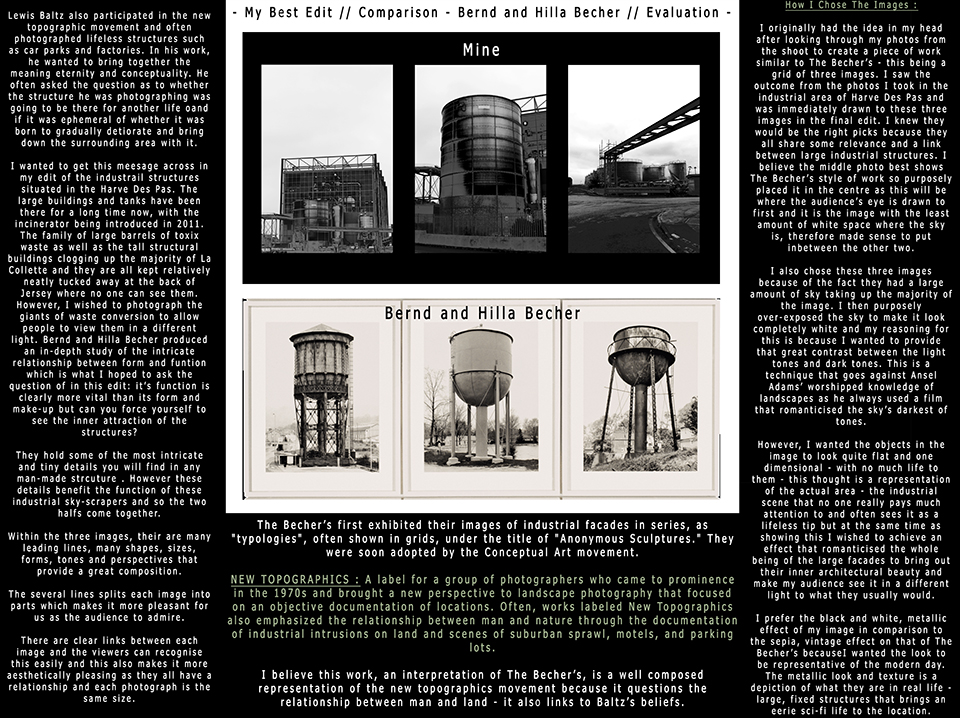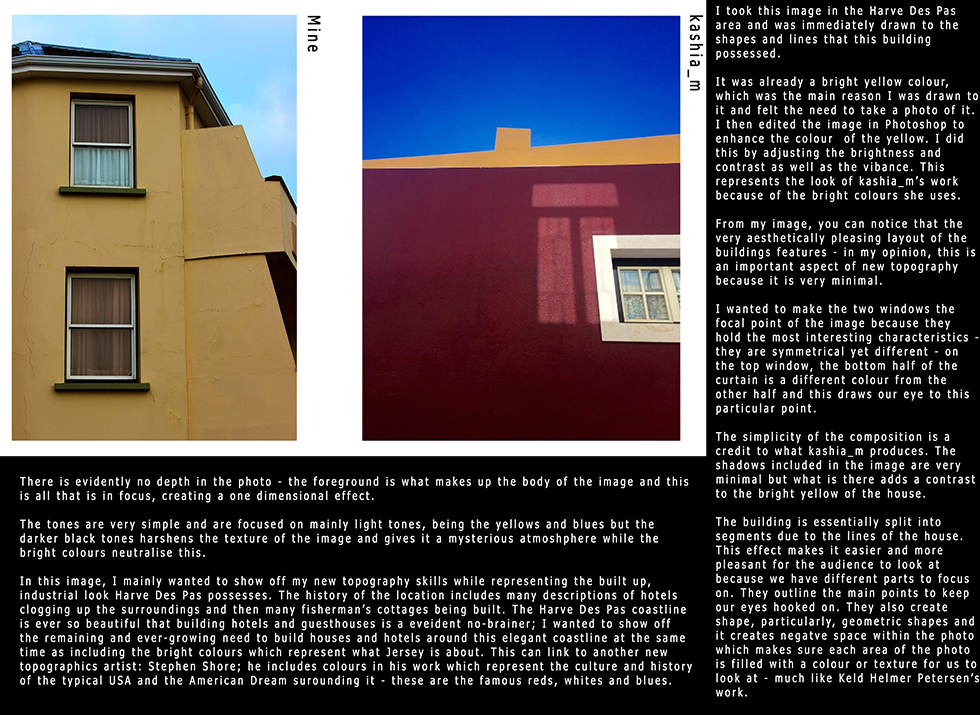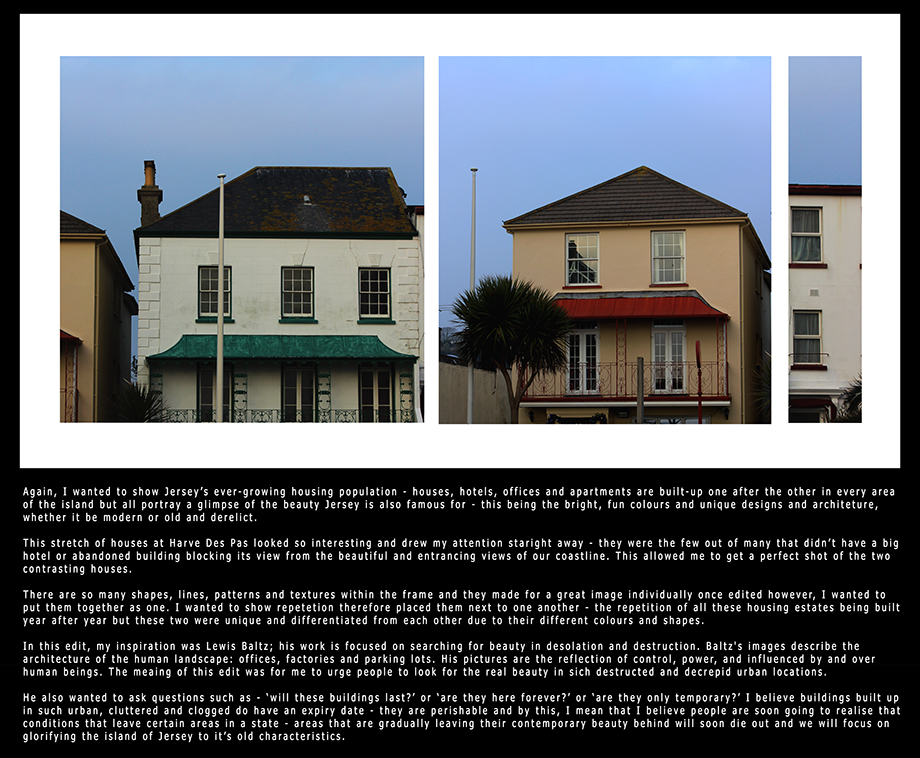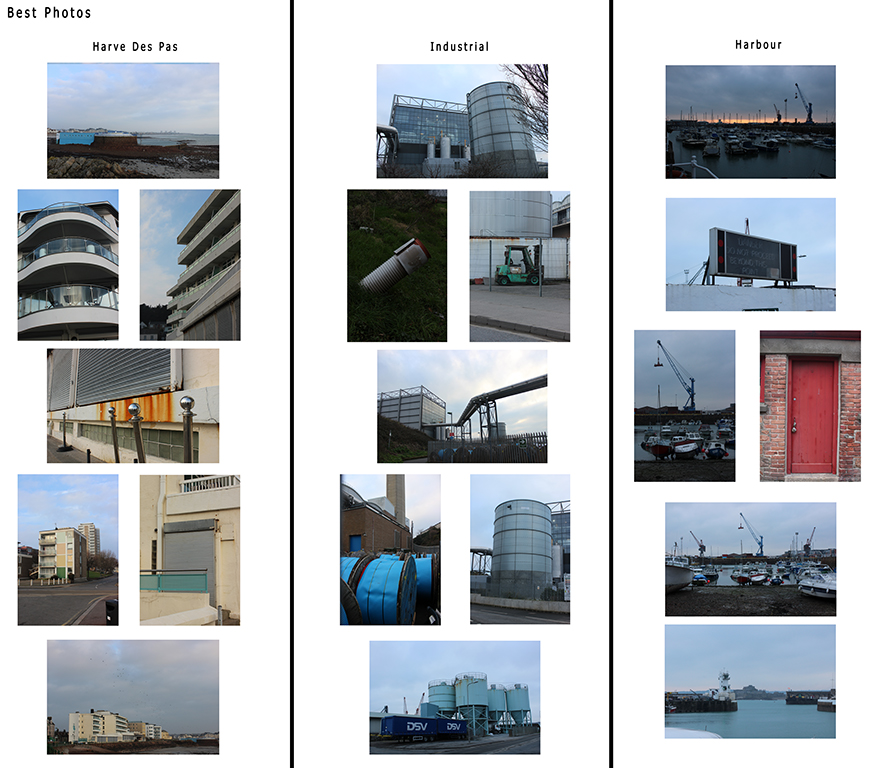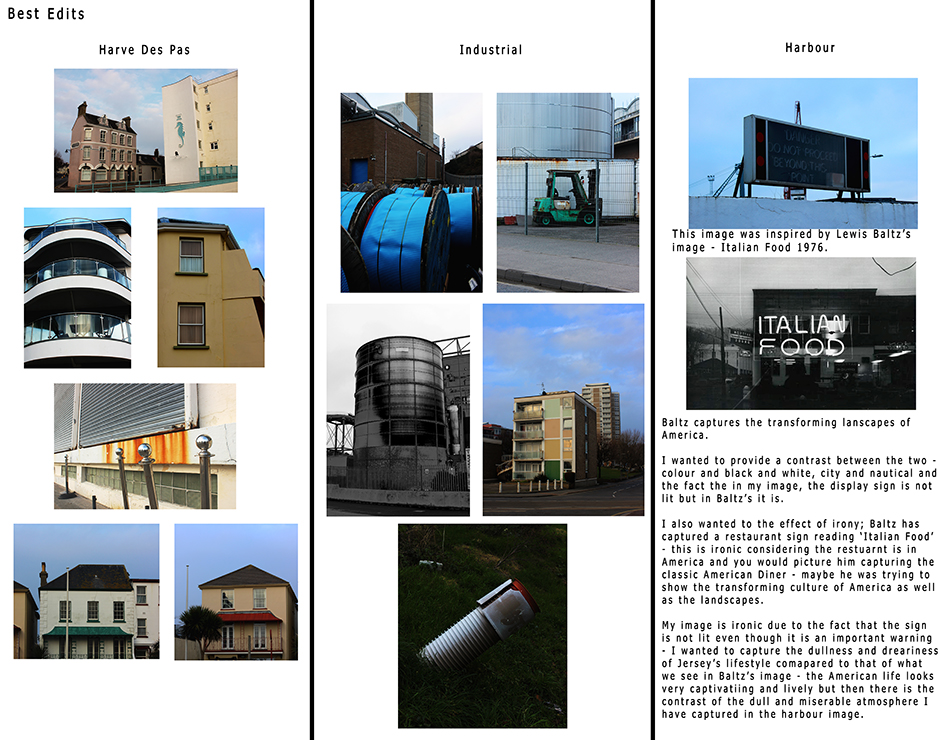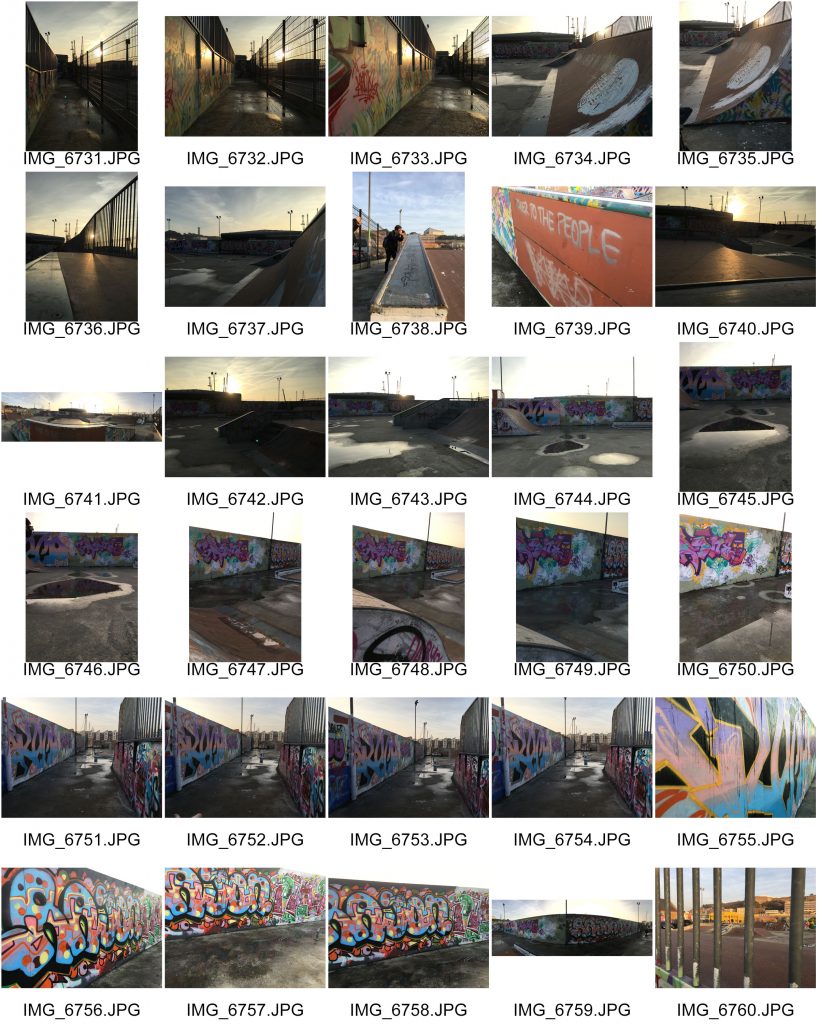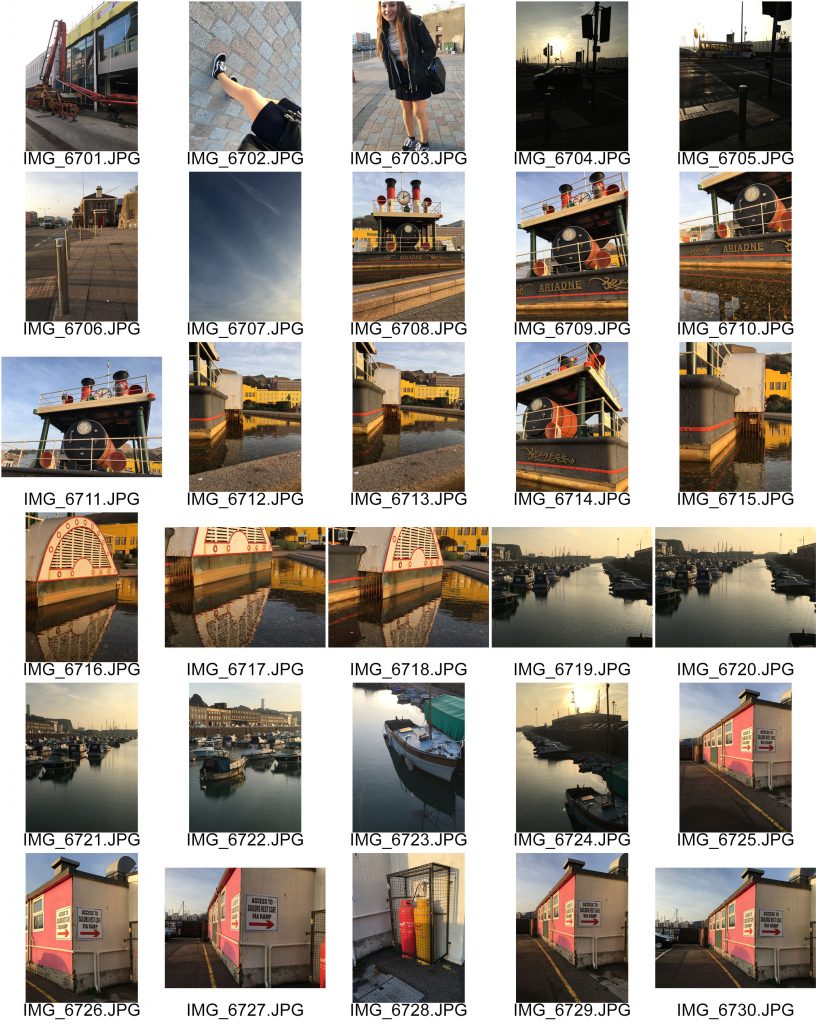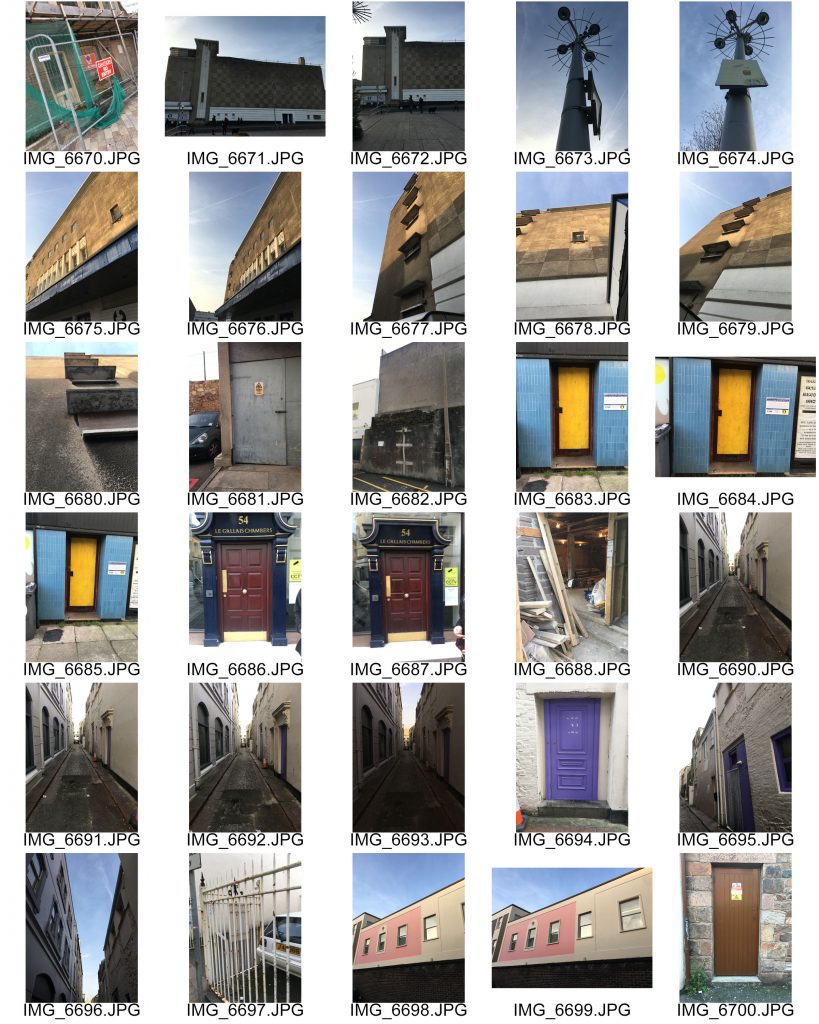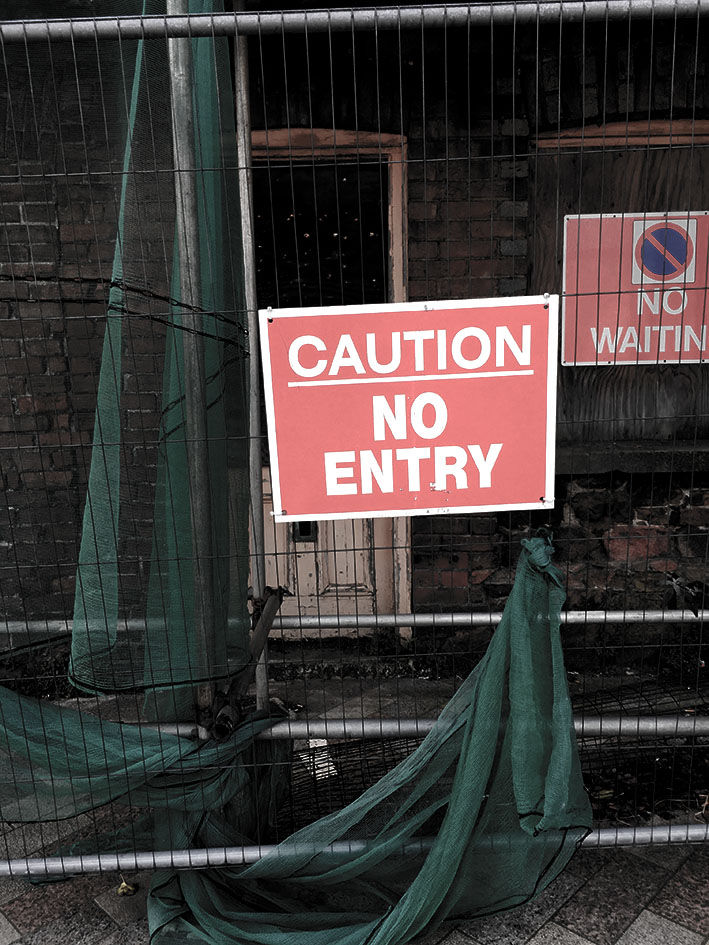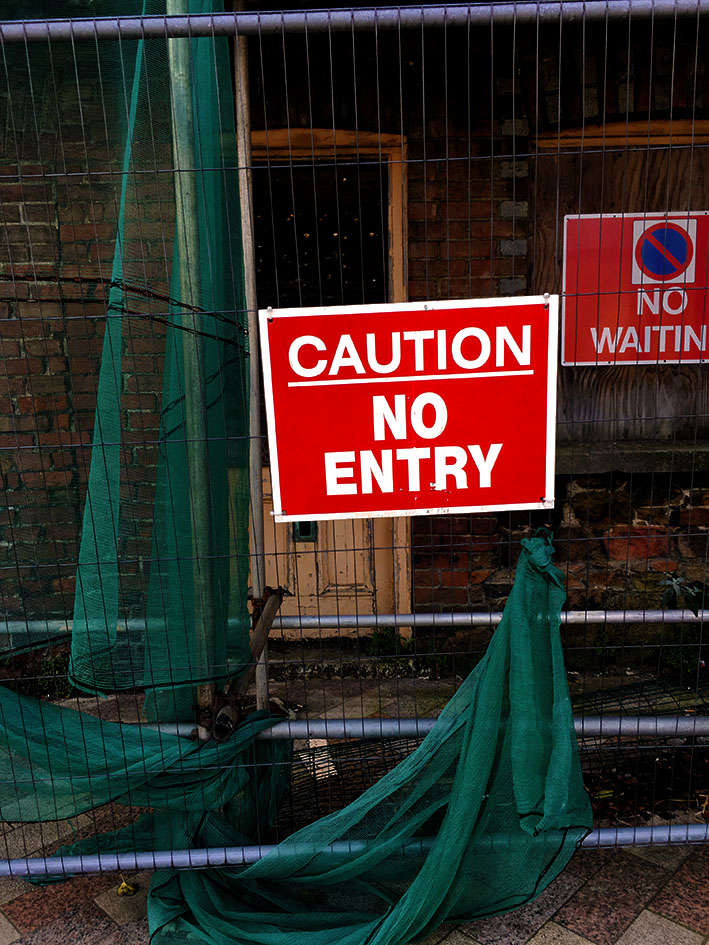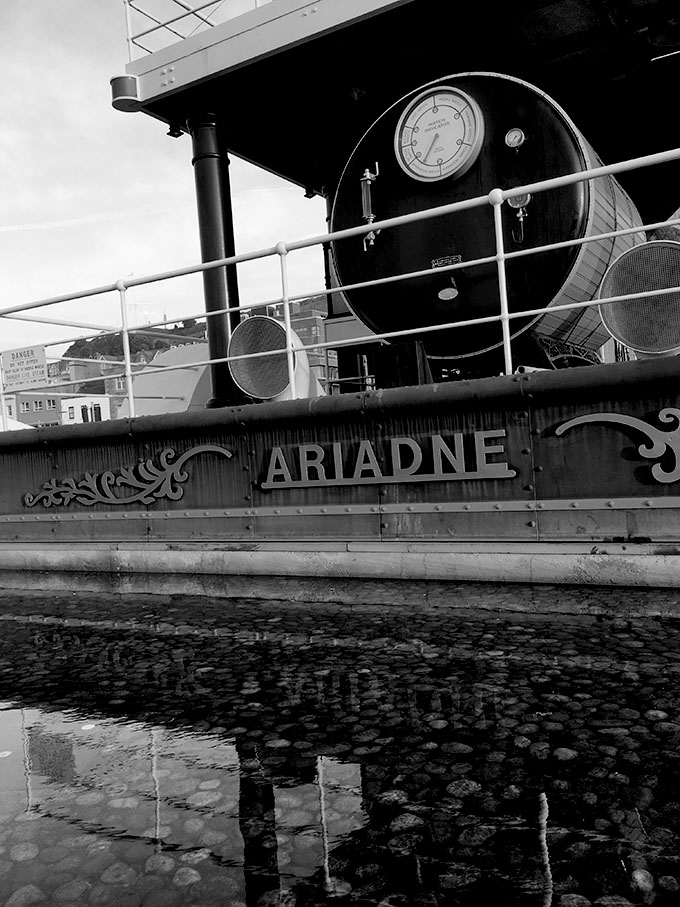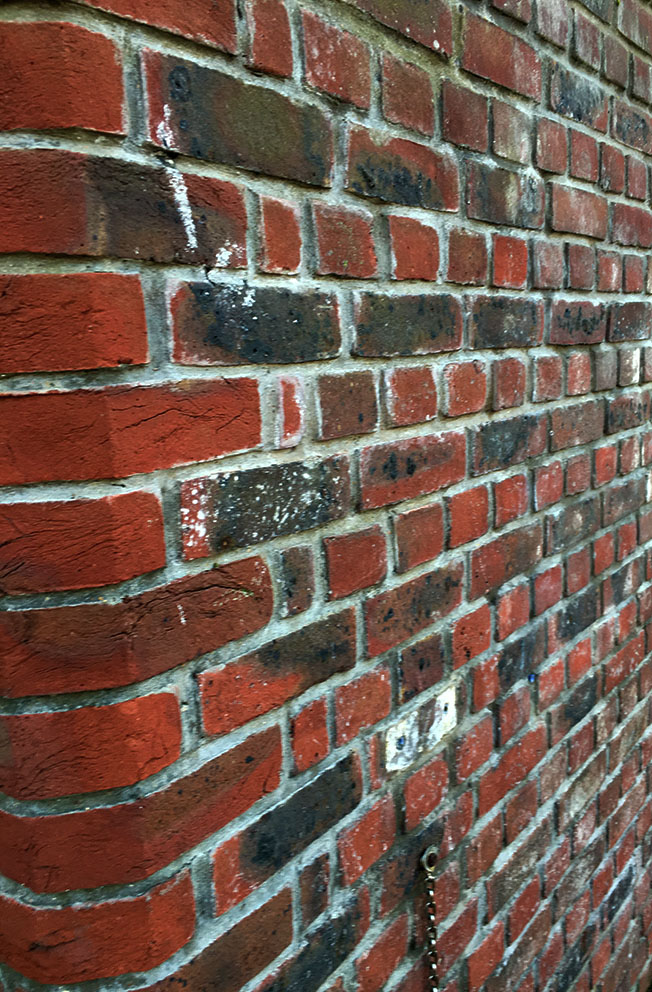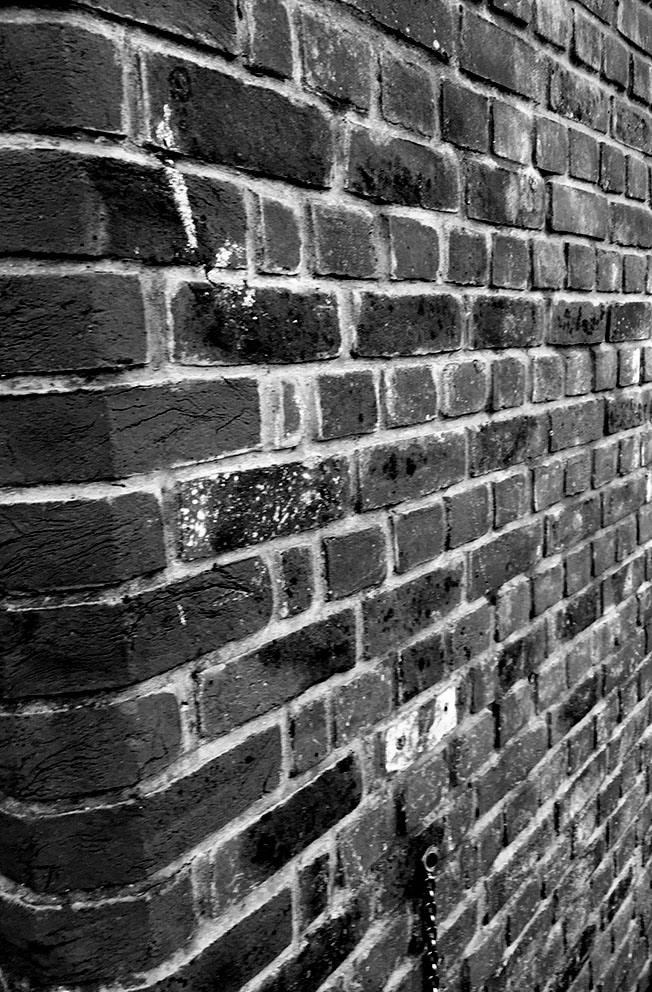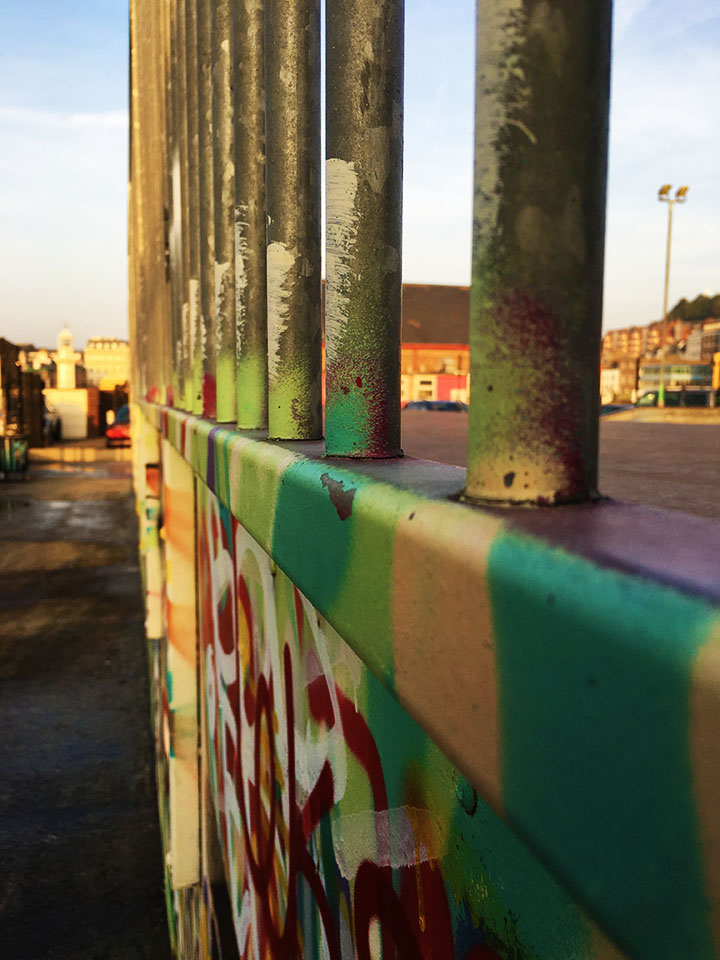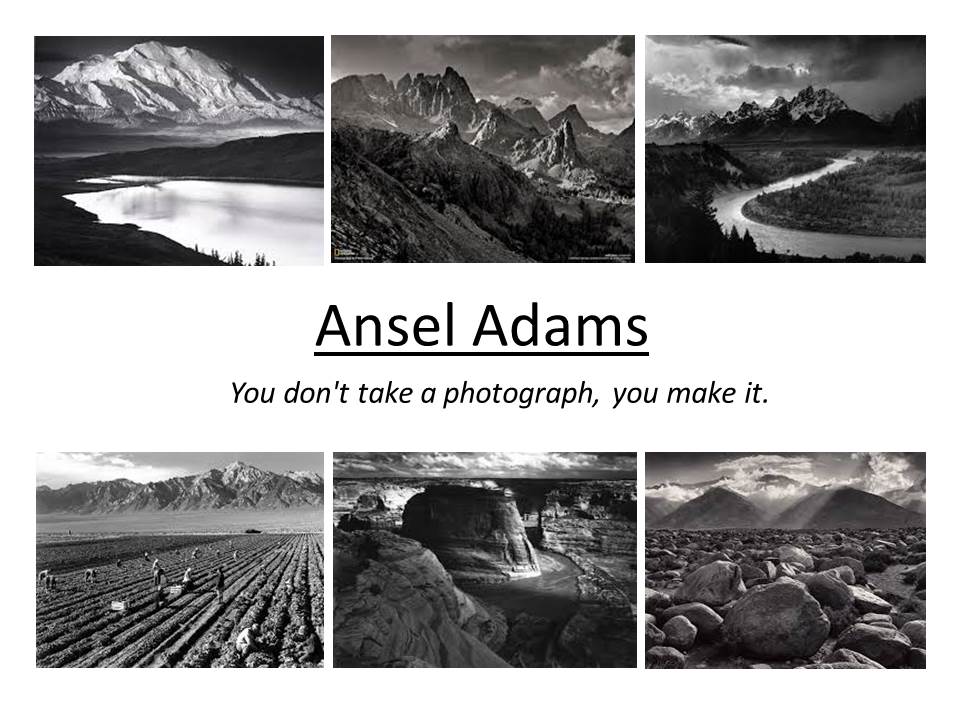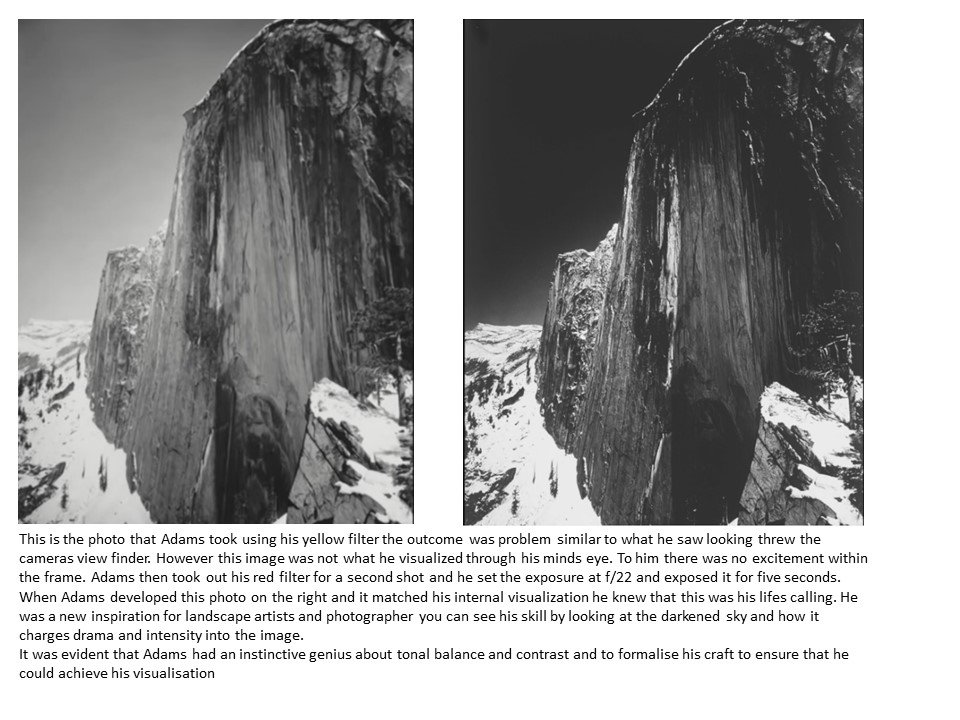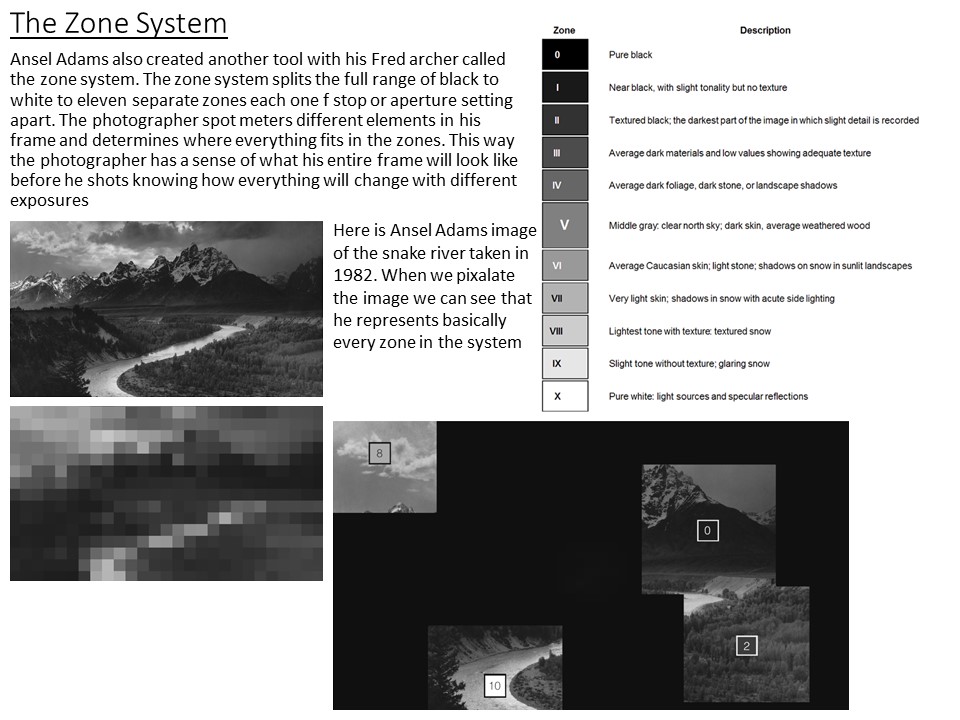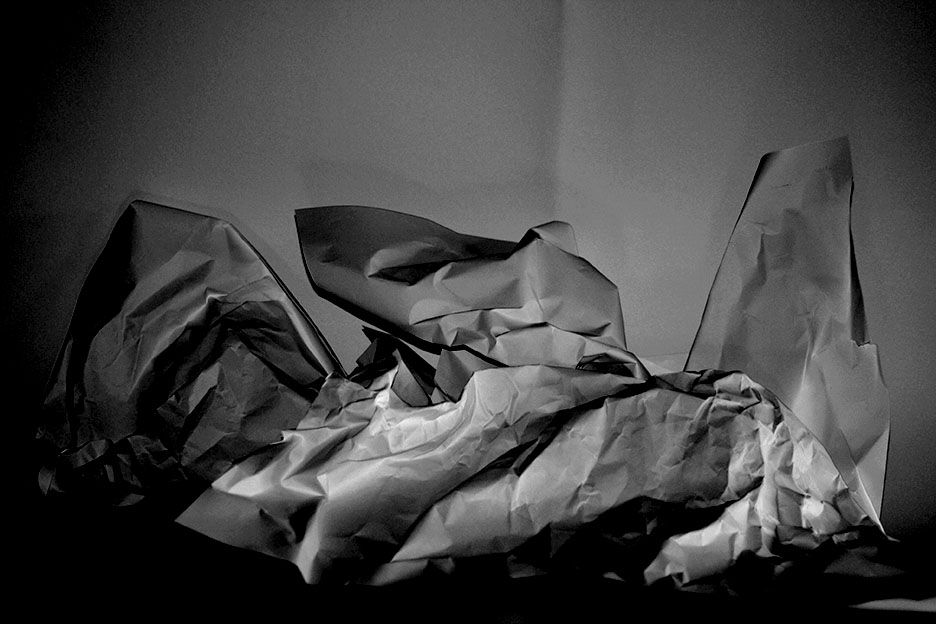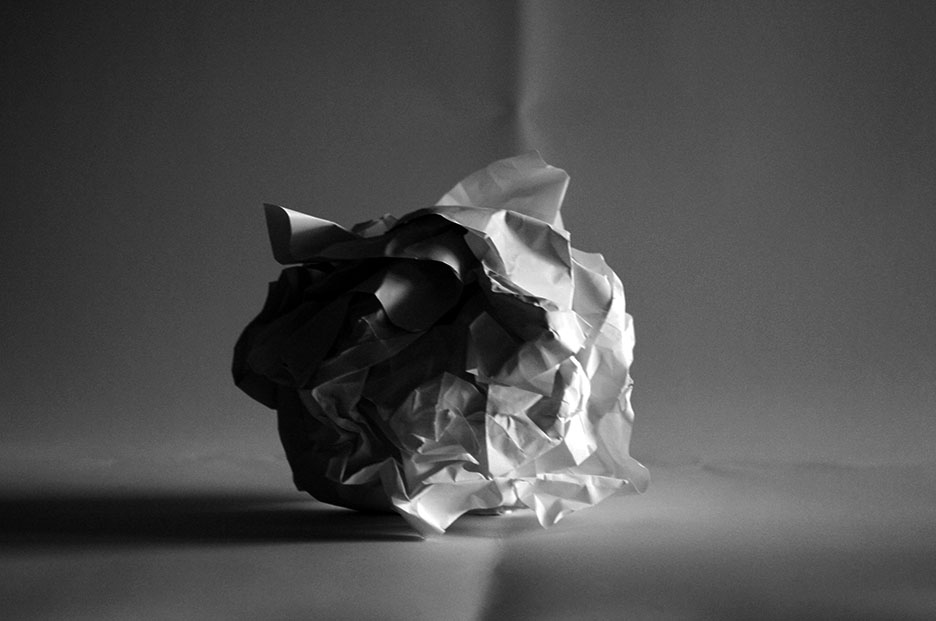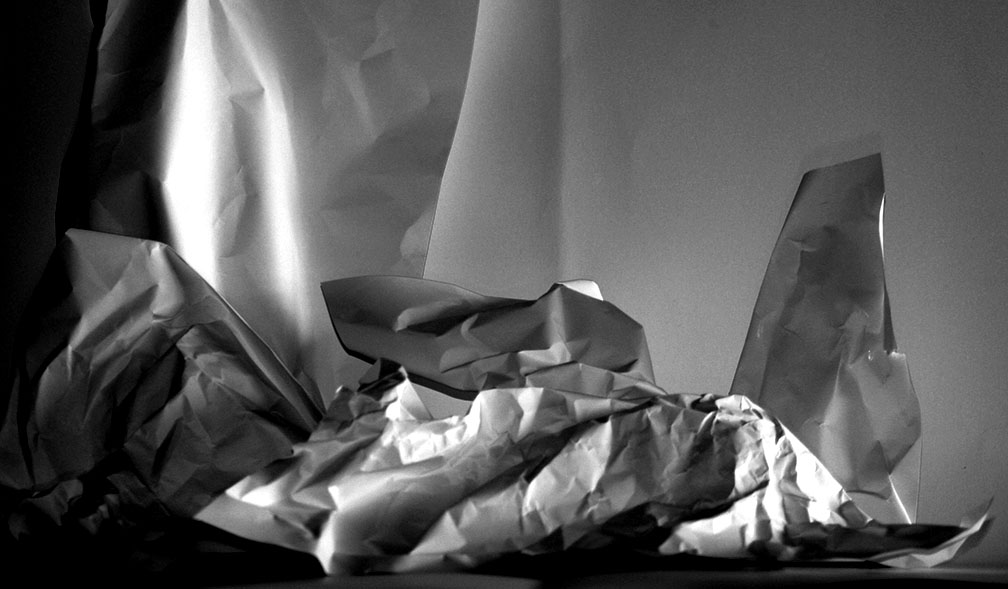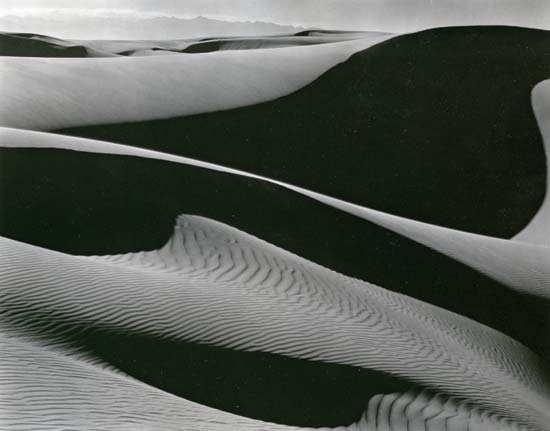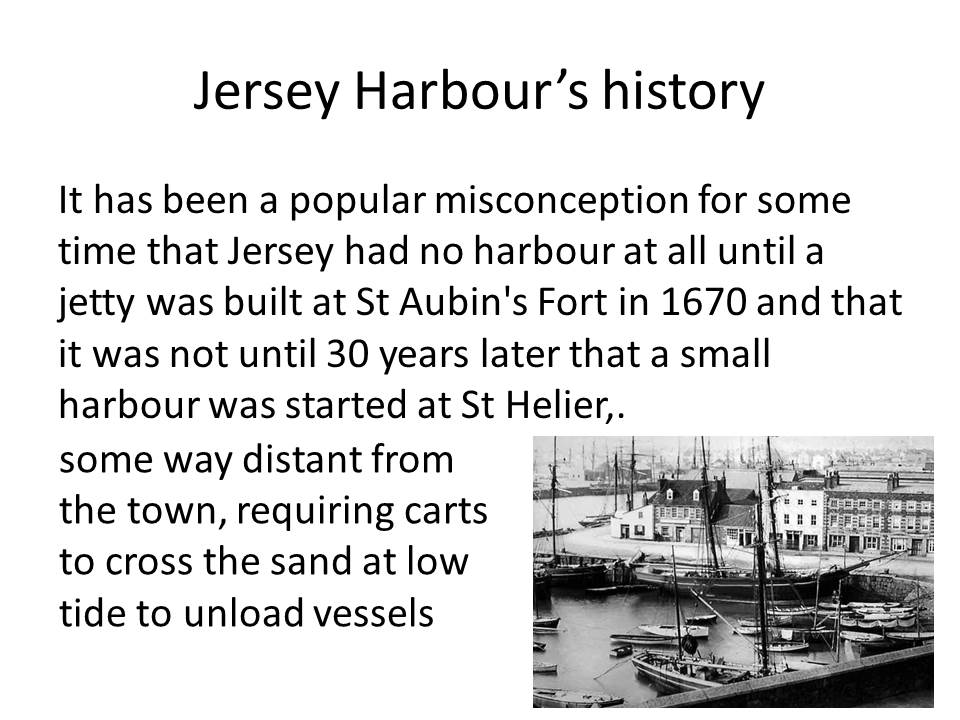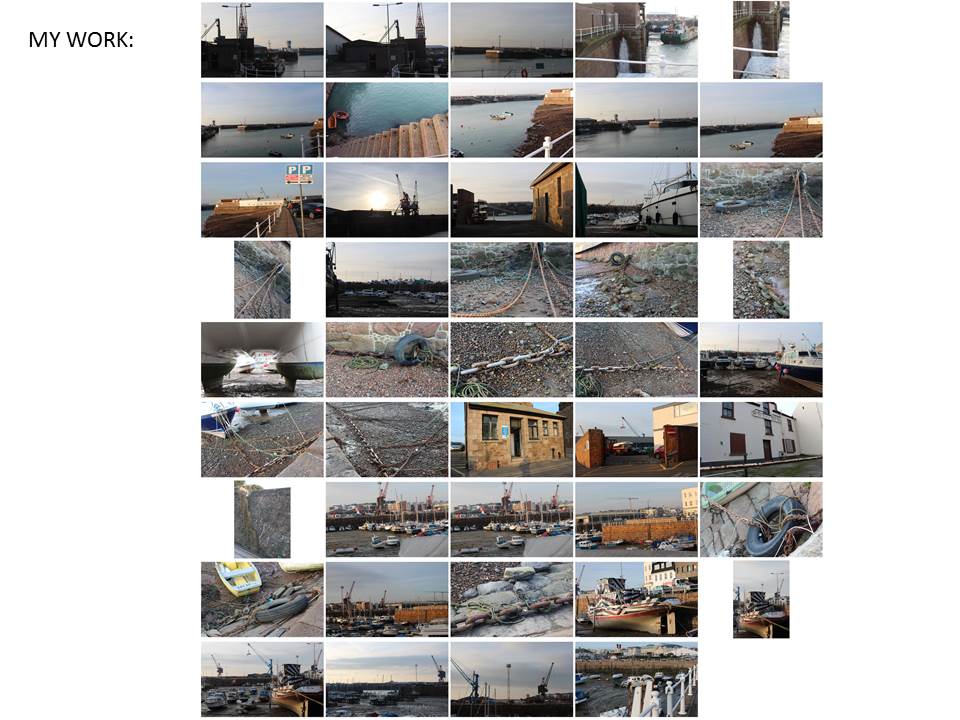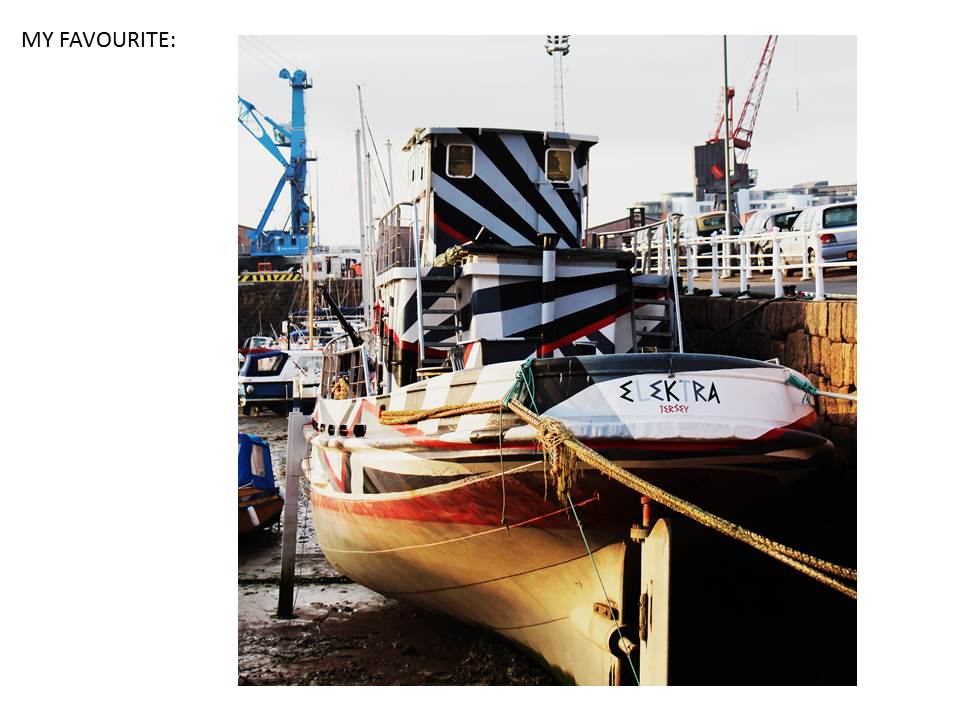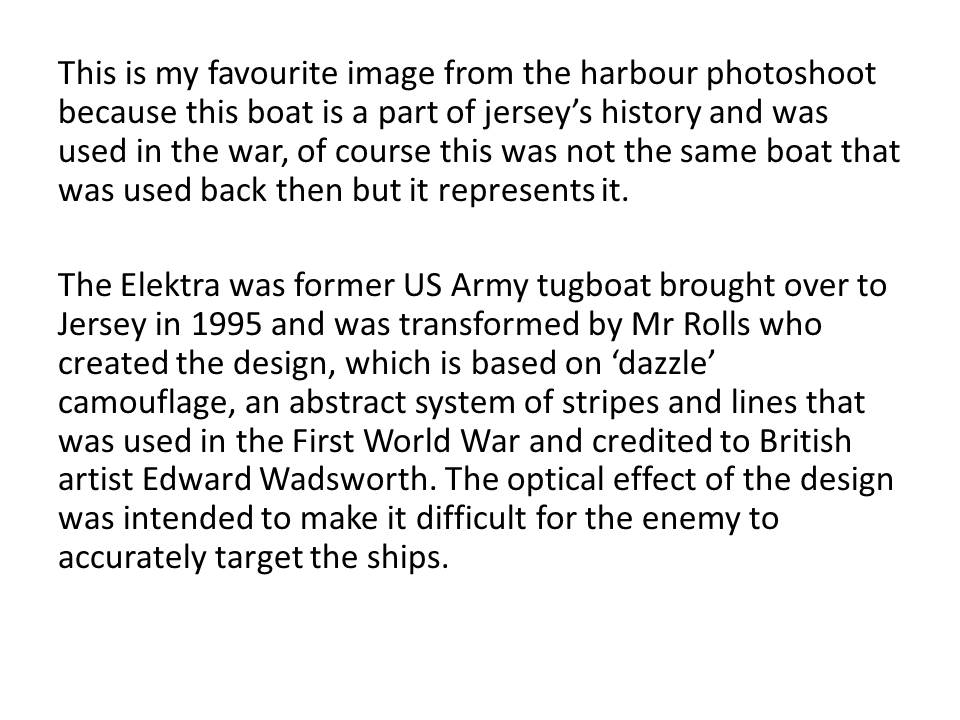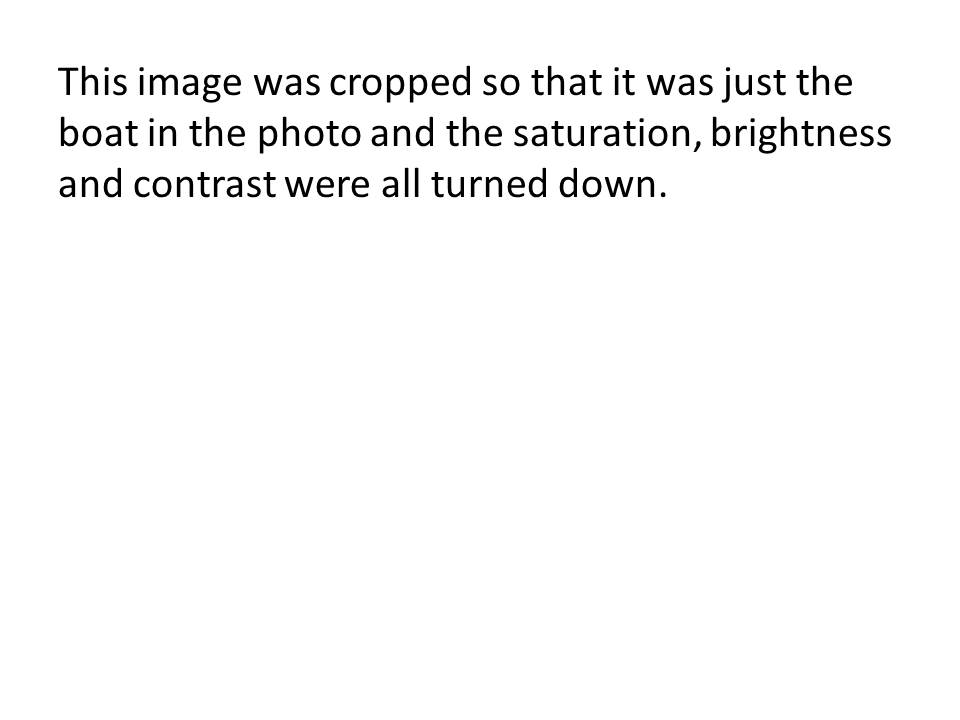New Topographics is photographs of a Man-Altered Landscape” was an exhibition that epitomized a key moment in American landscape photography.

It is 35 years since the term “new topographics” was coined by William Jenkins, curator of a group show of American landscape photography held at George Eastman House in Rochester, New York. The show consisted of 168 rigorously formal, black-and-white prints of streets, warehouses, city centres, industrial sites and suburban houses. Taken collectively, they seemed to posit an aesthetic of the banal.
“What I remember most clearly was that nobody liked it,” Frank Gohlke, one of the participating photographers told the LA Times when the exhibition was restaged last year at the LA County Museum of Art. “I think it wouldn’t be too strong to say that it was a vigorously hated show.”
The exhibition’s clunky subtitle was “Photographs of a Man-Altered Landscape”, which gave some clue as to the deeper unifying theme. What Jenkins had identified in the work of US photographers such as Gohlke, Robert Adams,Stephen Shore, Lewis Baltzand Nicholas Nixon was an interest in the created landscapes of 70s urban America. Their stark, beautifully printed images of this mundane but oddly fascinating topography was both a reflection of the increasingly suburbanised world around them, and a reaction to the tyranny of idealised landscape photography that elevated the natural and the elemental. In one way, they were photographing against the tradition of nature photography that the likes of Ansel Adams and Edward Weston had created.
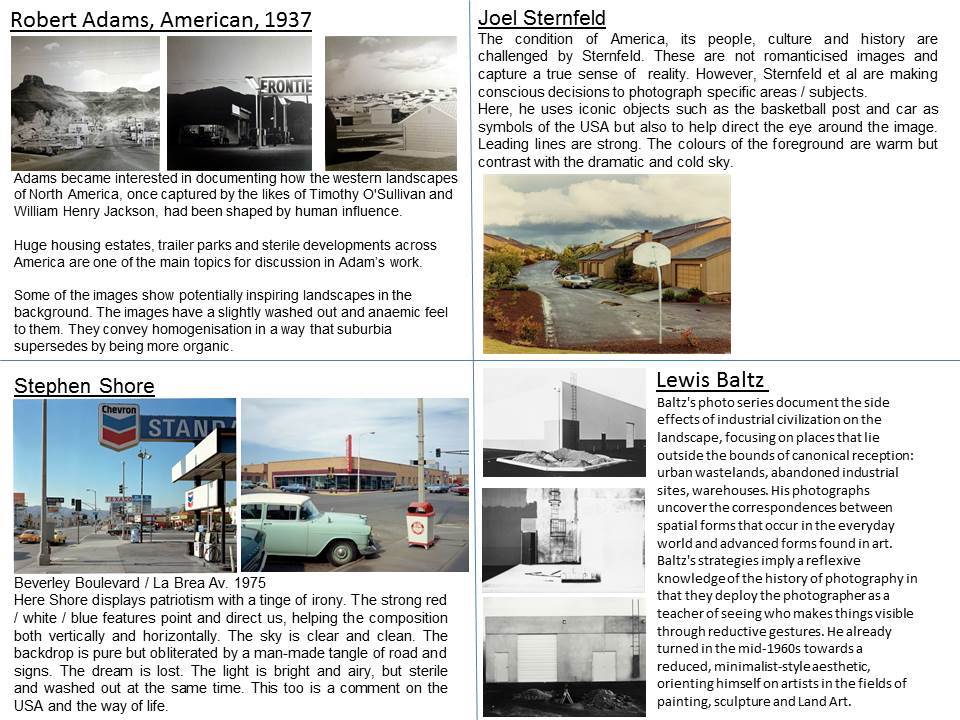
Stephen Shore
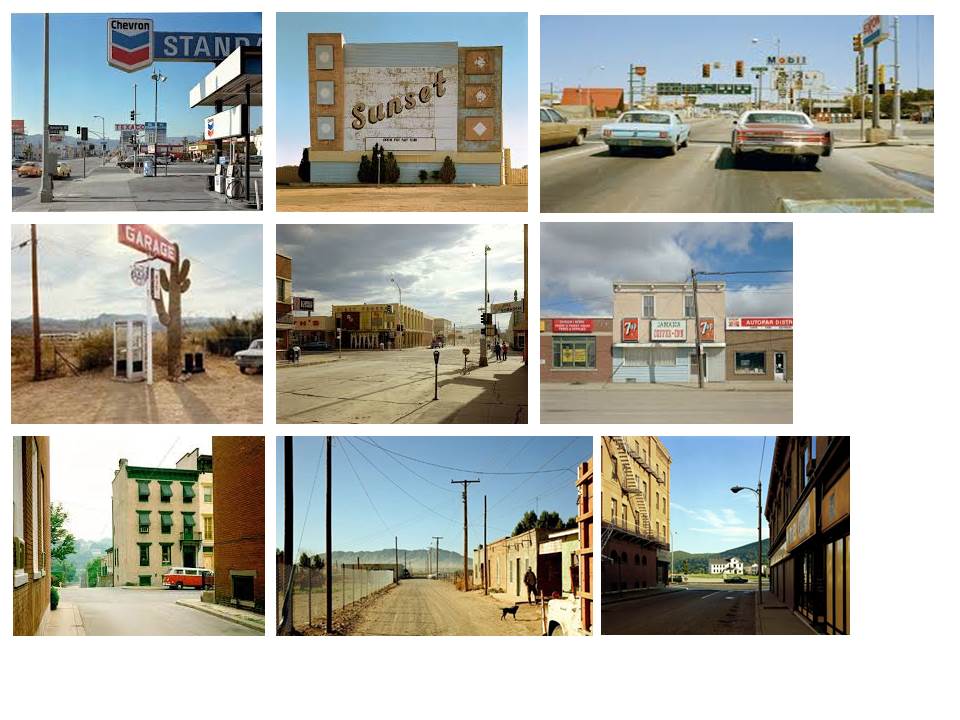
Biography:
Stephen Shore was born on October 8, 1947. He is an American photographer known for his images of banal scenes and objects in the United States, and for his pioneering use of color in art photography. In 2010, Shore received an Honorary Fellowship from The Royal Photographic Society.
Stephen Shore’s photographs are attentive to ordinary scenes of daily experience, yet through color–and composition–Shore transforms the mundane into subjects of thoughtful meditation. A restaurant meal on a road trip, a billboard off a highway, and a dusty side street in a Texas town are all seemingly banal images, but upon reflection subtly imply meaning.
Although Shore has taught photography (he has been director of photography at Bard College since 1982) he became well known at an early age as a pioneer of color art photography. He is among the earliest fine art photographers to work almost exclusively in color. Shore became interested in photography as a child: Between the ages of six and ten he taught himself how to expose and print photographs. Walker Evans’s book, American Photographs, made a big impression. At fourteen, the precocious teenager telephoned Edward Steichen, the photography curator of the Museum of Modern Art. They arranged a meeting, and Steichen purchased three of Shore’s photographs for the museum’s permanent collection. And at sixteen he met Andy Warhol and frequented the artist’s studio, photographing the illustrious scene at the “Factory.” In 1972 Shore embarked on a series of cross-country trips and made “on the road” color photographs of American landscapes.
Color photography attracted Shore for its ability to record the range and intensity of hues seen in life. In 1971, at age twenty-three, he became the first living photographer to have a one-person show at the Metropolitan Museum of Art, New York. His 1982 book, Uncommon Places became a bible for young photographers seeking to work in color, because, along with that of William Eggleston, his work exemplified the fact that the medium could be considered art.
Image Analysis

My interpretation of ‘New Typographics’
for this photo shoot i used inspiration from all of the new typography artists and photographers that i have looked at and then gone out to take images from around town. i walked from Hautlieu School around the side streets or town and then down and around the harbor. i manages to capture some interesting images of urban streets. I also captured images of doors and different coloured doorways which i will use i a later study on Typology.
Whilst capturing and editing these images i thought about what i have previously researched about Ansel Adams and the Zone System and tried to apply my knowledge of using the settings and adjustments to get black and white images that show all or most of the zones in the system. i also edited some of the images so that they had high contrast and bright vibrance in the colours to show the colour in jerseys streets.


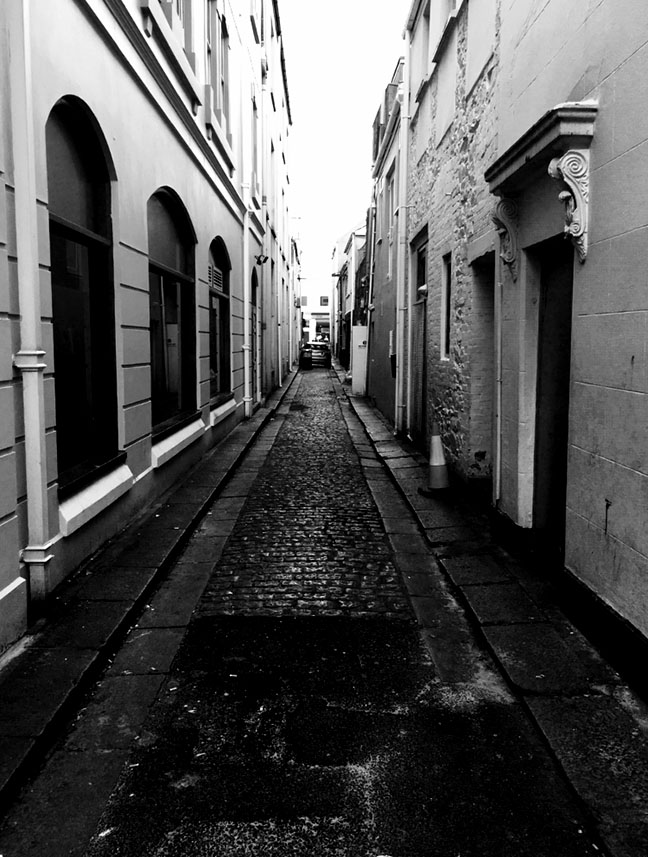
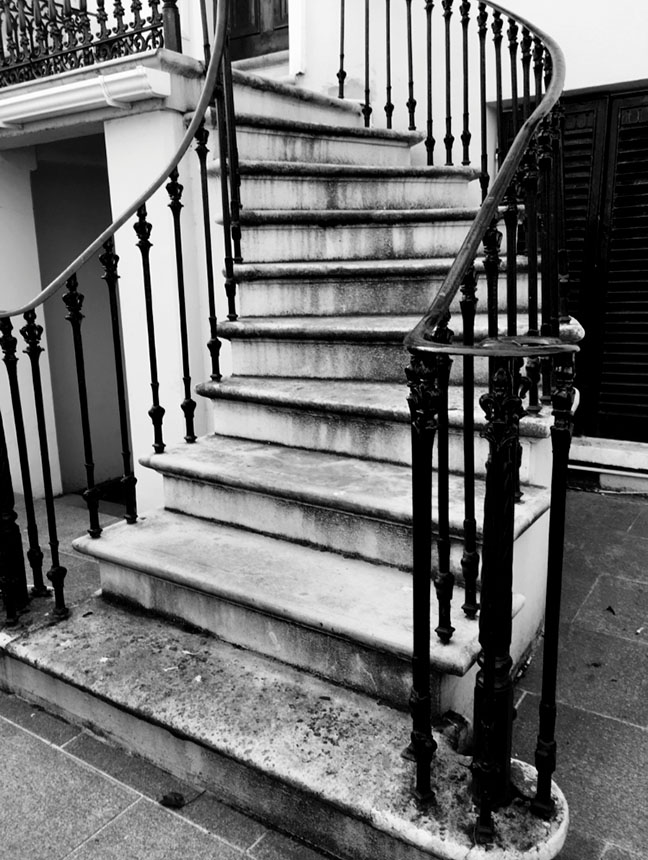
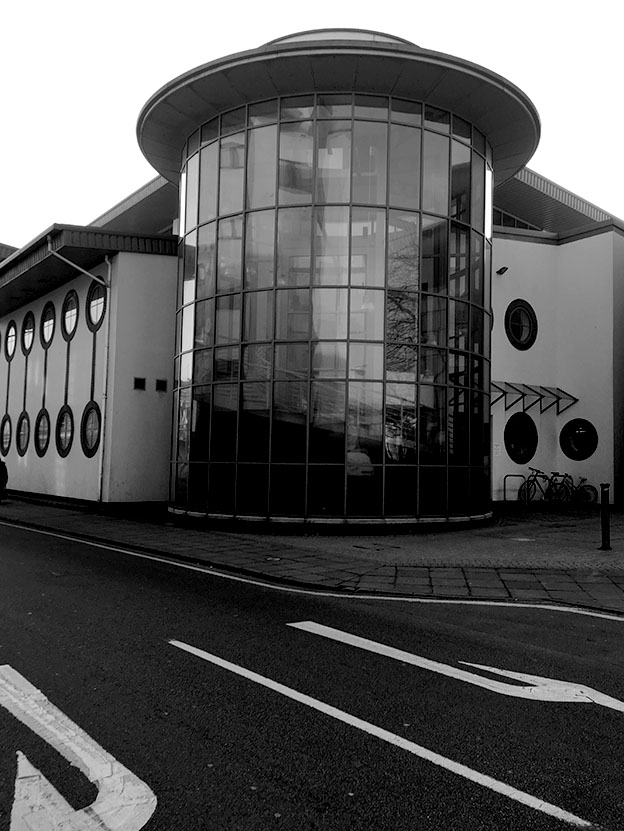
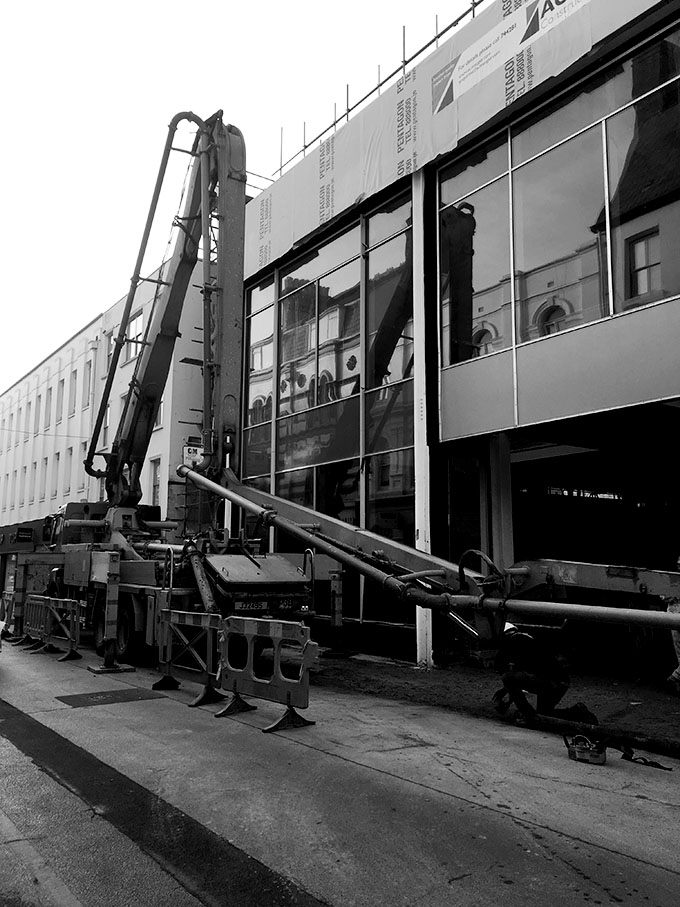

Shoot 2-
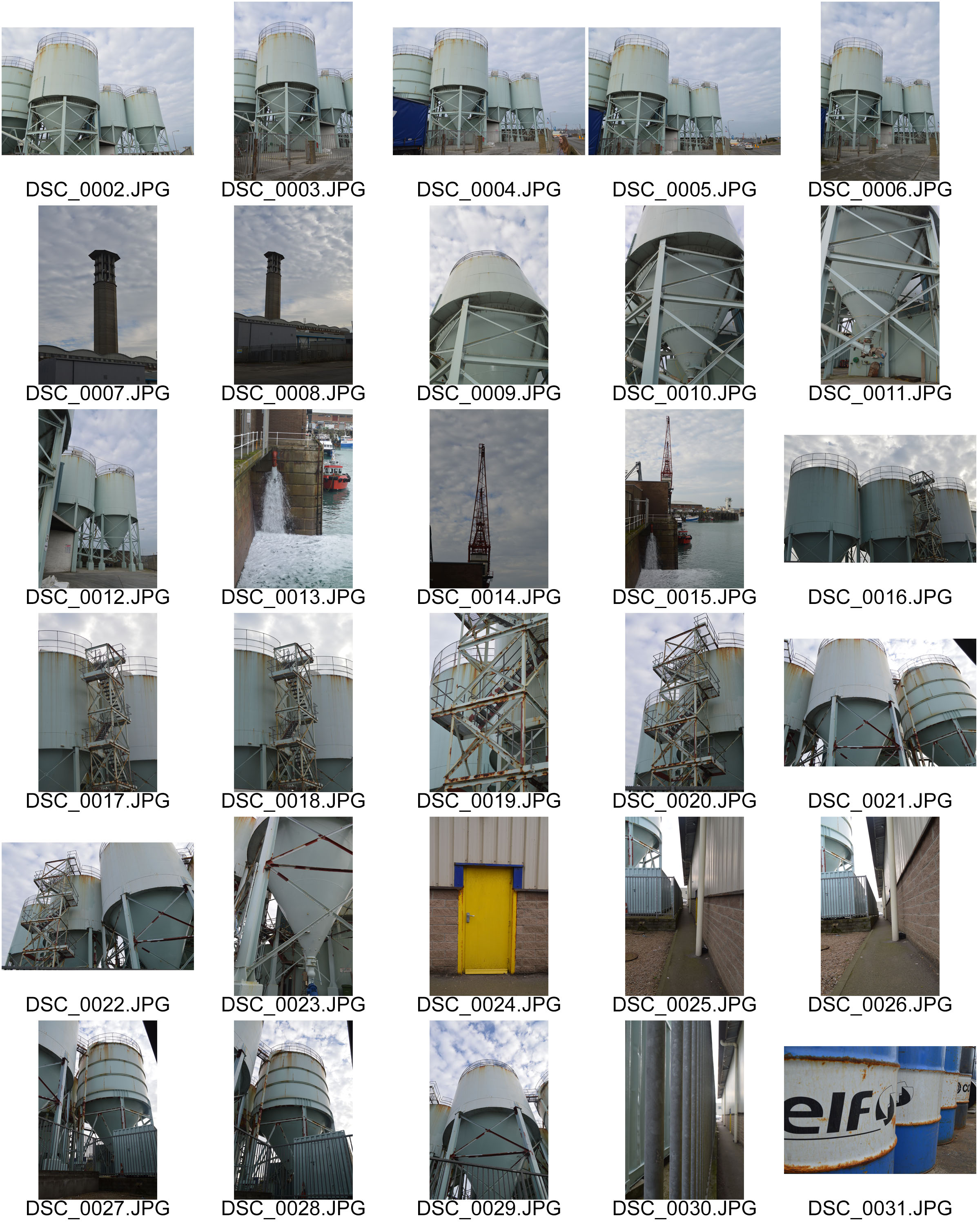

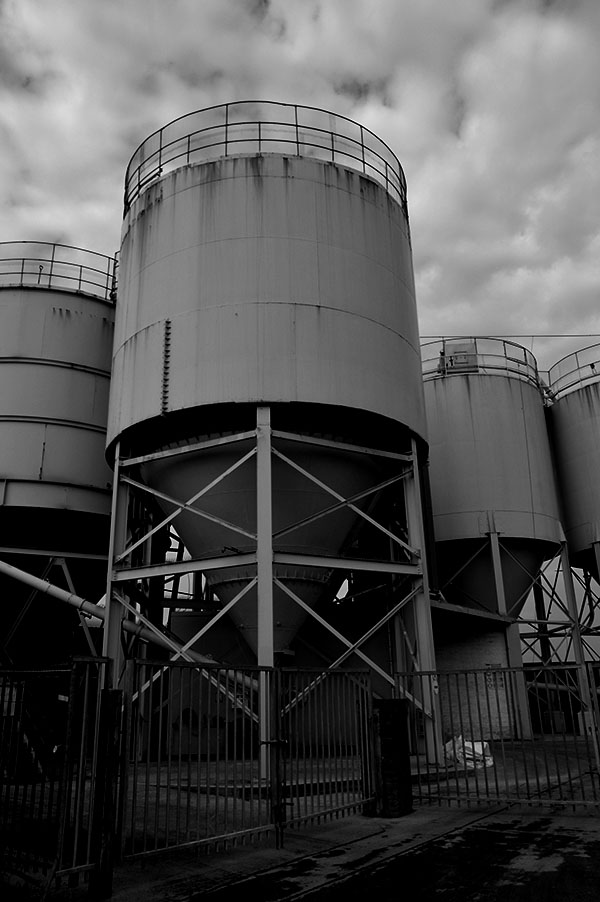








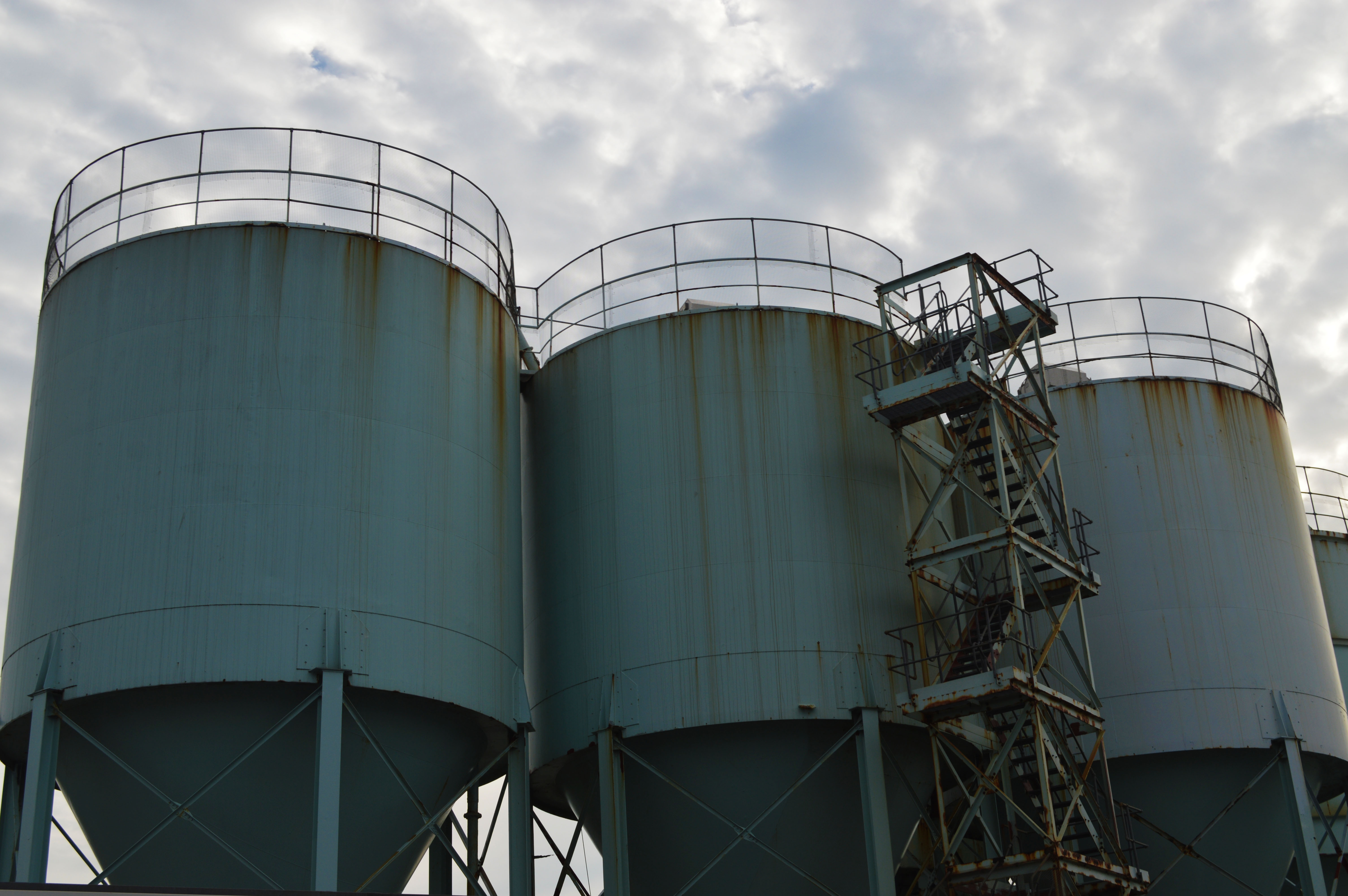
Evaluation
I think that both of these shoots both the town based shoots and the the more industrial shoots were successful i think that i managed to capture urban landscapes of my town in the style of topographics. i collected a range of image which show man made elements of the environment. i experimented both with Ansel adams Zone system trying to get edits which included a vast tonal range but also a more modern topographic style of bright colours in the urban environment.

